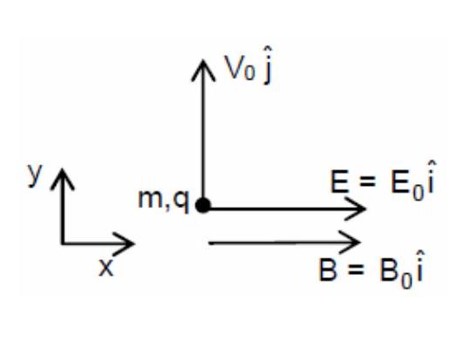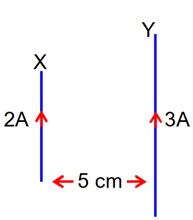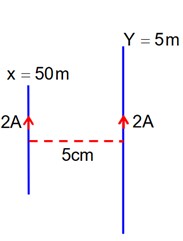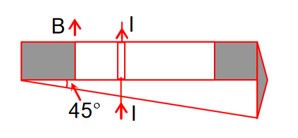Physics Moving Charges and Magnetism
Get insights from 109 questions on Physics Moving Charges and Magnetism, answered by students, alumni, and experts. You may also ask and answer any question you like about Physics Moving Charges and Magnetism
Follow Ask QuestionQuestions
Discussions
Active Users
Followers
New answer posted
4 months agoContributor-Level 10
for current
1 unit Area
Now, consider Amperian loop of radius small 'r' ln Amperian loop magnetic field will be tangential to the amperian loop.
(Ampere circuital law)
New answer posted
4 months agoContributor-Level 10
Since magnetic force cannot change the speed. So only electric field which is along ![]() -direction will change the speed along
-direction will change the speed along ![]() -direction only.
-direction only.
but

New answer posted
4 months agoContributor-Level 10
given N1 = 2
When new loop is made the length of wire remains same, so
New answer posted
4 months agoContributor-Level 10
Linear density, 0.45 kg/m
Let length = = m = 0.45
B = 0.15 T
For equilibrium of rod :-
mg sin 45° = FB sin 45°
So,
Taking an Exam? Selecting a College?
Get authentic answers from experts, students and alumni that you won't find anywhere else
Sign Up on ShikshaOn Shiksha, get access to
- 66k Colleges
- 1.2k Exams
- 680k Reviews
- 1800k Answers



